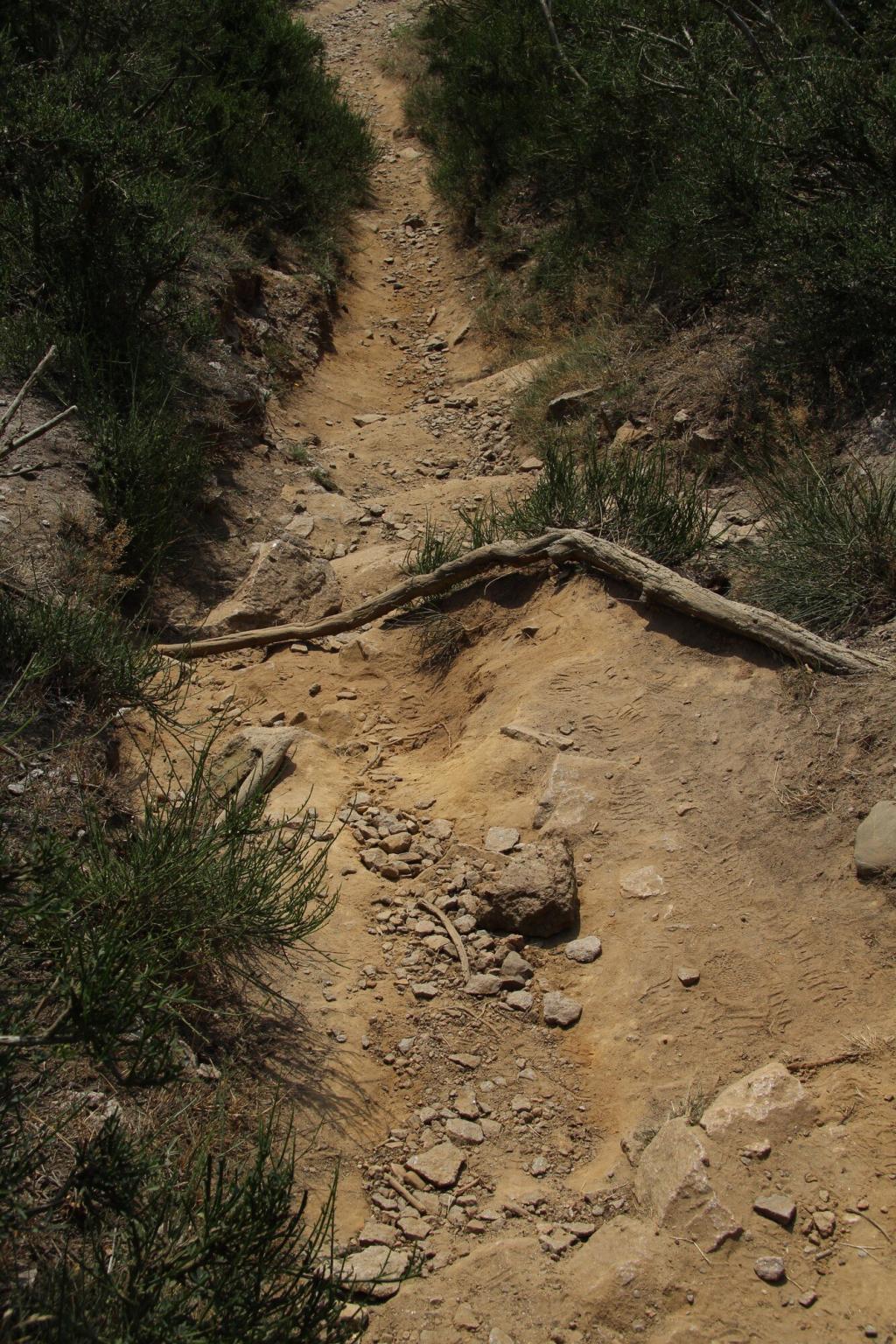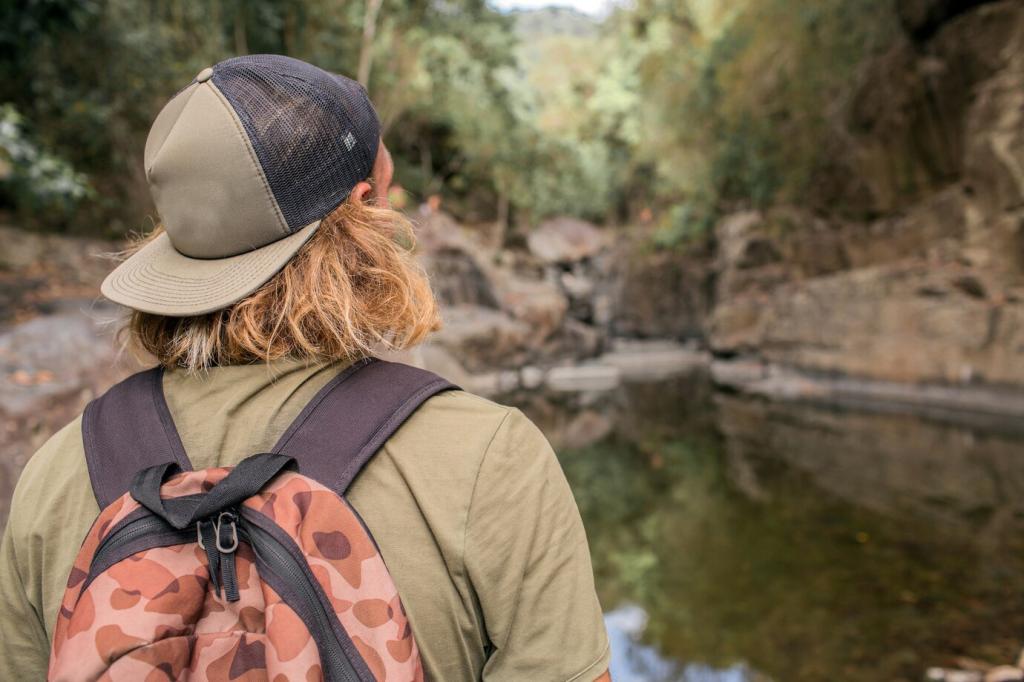
Tranquil Trails: Lesser-Known Park Hikes
Chosen theme: Tranquil Trails: Lesser-Known Park Hikes. Step off the crowded routes and into hushed corridors of forest, meadow, and canyon where the only schedule is birdsong, distant water, and your own unhurried pace.
Why Quiet Paths Matter
The Science of Silence
Researchers note that natural soundscapes—wind through pines, creek chatter, leaf hush—reduce stress and mental fatigue. On tranquil trails, these sounds aren’t drowned by crowds, allowing your mind to recalibrate effortlessly.
Escape Without Going Far
Hidden routes often lie just beyond popular overlooks or past the second junction. A short detour can feel like a journey, delivering solitude without requiring remote wilderness or a multi-day expedition.
Attention, Rekindled
Quiet miles sharpen small perceptions: a fox print in damp loam, resin on sun-warmed bark, a sudden jay call. Noticing these details helps transform a simple walk into a memorable encounter.
Finding Lesser-Known Routes
01
Scan park PDFs for dotted connectors, maintenance roads, or historical traces like old fire lines. Those quiet links often skirt popular loops, offering solitude while still keeping you within managed park boundaries.
02
Politely ask rangers about short, less publicized spur trails, then note seasonal closures and sensitive habitats. Respectful curiosity often earns candid tips that preserve both your experience and the area’s tranquility.
03
Hit trailheads at civil twilight, during light drizzle, or midday on weekdays. Off-peak hours act as a natural sieve, leaving you with soft paths, open viewpoints, and space enough to breathe deeply.


Safety and Stewardship on Quiet Paths
Share your intended route and return time with someone you trust. Carry a paper map, charged phone, headlamp, and layers. On lesser-known trails, preparation equals freedom rather than weight.
Safety and Stewardship on Quiet Paths
On quiet trails, every footprint speaks louder. Stay on durable surfaces, pack out micro-trash, and give muddy sections patience instead of shortcuts that widen paths and scar fragile plant communities.
Choose grippy, broken-in footwear and bring lightweight gaiters for dew-wet grass or sandy cuts. A compact trekking pole stabilizes slippery leaves and saves knees on quiet, steep descents.
Gear and Navigation for Hidden Loops
Download offline layers, mark junctions, and practice simple bearings before you go. GPS is wonderful until batteries fade; a small compass and basic skills provide calm, analog certainty.
Gear and Navigation for Hidden Loops
A Story from the Quiet Side
Mist pooled in hollows as the sun lifted, turning spider silk into silver threads. The road, barely a line on the map, felt like an invitation whispered through dew and birdsong.
Winter’s Hush and Grip
Microspikes, warm mitts, and a thermos open frosty corridors. With leaves down, views widen. Check ice on bridges and creeks, and savor the cathedral quiet only winter truly grants.
Spring’s Soft Return
Choose durable paths during mud season and step on rocks to protect tender shoots. Early blooms and cool air pair beautifully with short, contemplative loops before summer’s bustle returns.
Join the Quiet-Path Community
Share a Hidden Gem
Describe one lesser-known park hike you love—entry point, best time, and a respectful note about sensitive spots. Your guidance can lead someone to their first genuinely peaceful ramble.
Subscribe for Weekly Quiet Picks
Get one thoughtfully curated tranquil trail each week, with safety notes and seasonal timing. We’ll keep it practical, poetic, and protective of the places we all cherish.
Ask, Answer, Connect
Post questions about maps, timing, or gear, and help others with your field-tested wisdom. Together we can nurture routes where hush, habitat, and hikers coexist beautifully.
